



Japan successfully launched the GOSAT-GW climate monitoring satellite on the H-2A rocket's 50th and final flight from Tanegashima. This mission marks the H-2A's retirement with a near-perfect record, making way for the new H3 rocket. The H3 aims for greater cost-competitiveness and larger payloads, strengthening Japan's space program and its global climate monitoring efforts.

Copyright infringement not intended
Picture Courtesy: THE HINDU
Japan's H-2A rocket completed its 50th and final mission, launching a climate monitoring satellite before its retirement.
Japan successfully launched a climate change monitoring satellite aboard its H-2A rocket from the Tanegashima Space Center.
H-2A's Stellar Record => Since its debut in 2001, the H-2A rocket has served as Japan's mains launch vehicle for satellites and probes. It has a near-perfect success rate of 98%, with only one failure recorded in 2003.
Key Contributions => It successfully carried important missions into space, including the SLIM moon lander in 2024 and the popular Hayabusa2 spacecraft in 2014, which reached a distant asteroid.
Retirement => The H-2A is now being retired to be fully replaced by the H3 rocket. This transition is strategic, aimed at making Japan's launch services more cost-competitive in the rapidly evolving global space market.
GOSAT-GW (Global Observing Satellite for Greenhouse gases and Water cycle) operates in a sun-synchronous orbit. This specific orbit allows it to pass over the same part of the Earth at the same local solar time, ensuring consistent lighting conditions for its instruments
It's mission involves monitoring key greenhouse gases in the atmosphere, such as carbon dioxide and methane.
The satellite will also collect high-resolution data on sea surface temperature and precipitation, to understand the global water cycle, which is directly impacted by climate change.
It will share its comprehensive data to users worldwide, including prominent institutions like the U.S. National Oceanic and Atmospheric Administration (NOAA).
Source:
|
PRACTICE QUESTION Q. Discuss the environmental concerns arising from the escalating frequency of space launches. What regulatory frameworks are necessary to mitigate these challenges? 150 words |
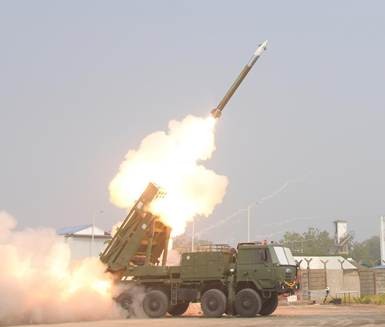
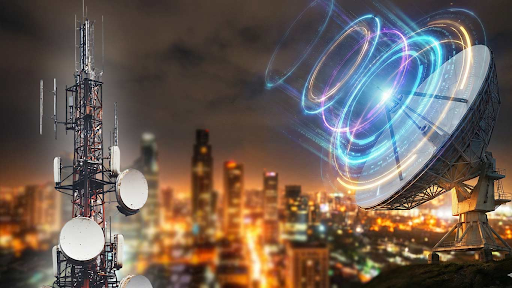
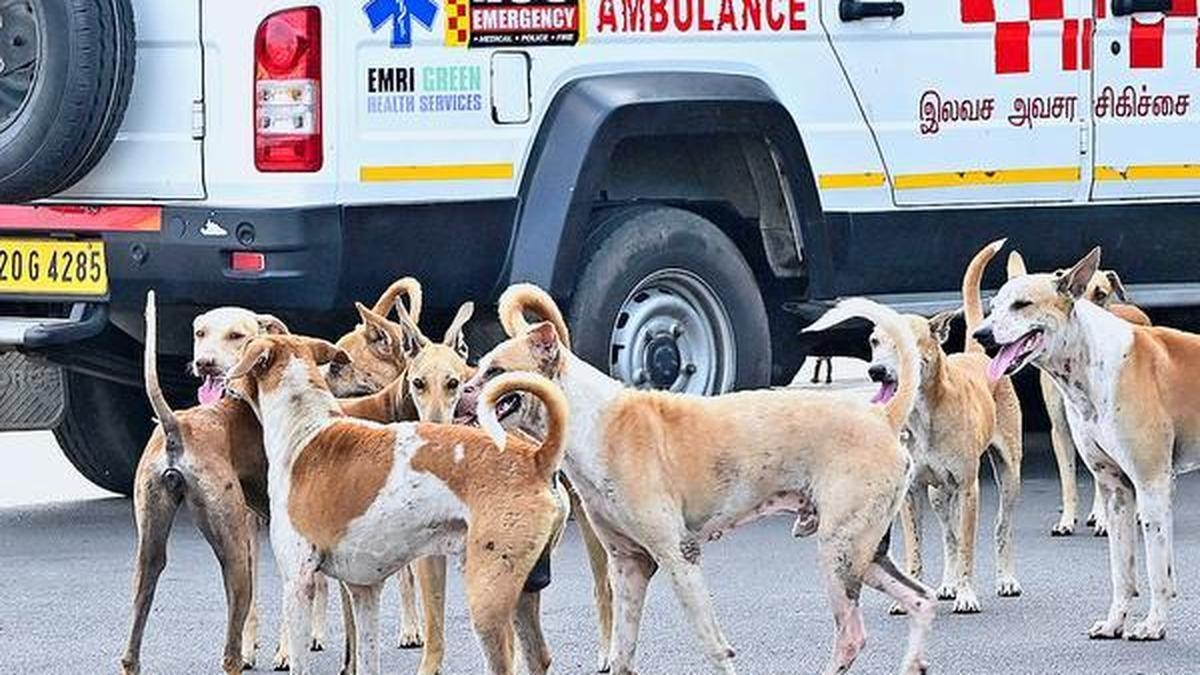
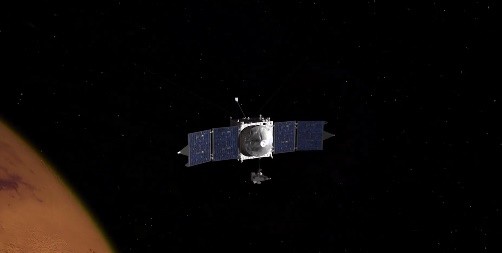
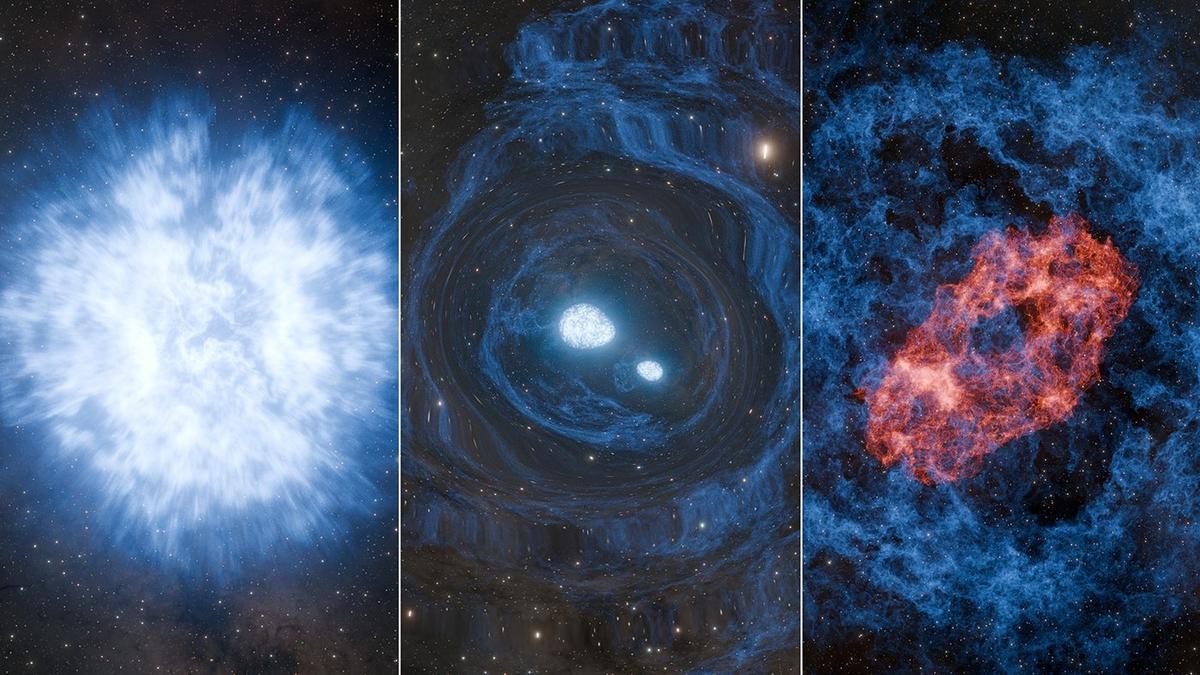




© 2026 iasgyan. All right reserved